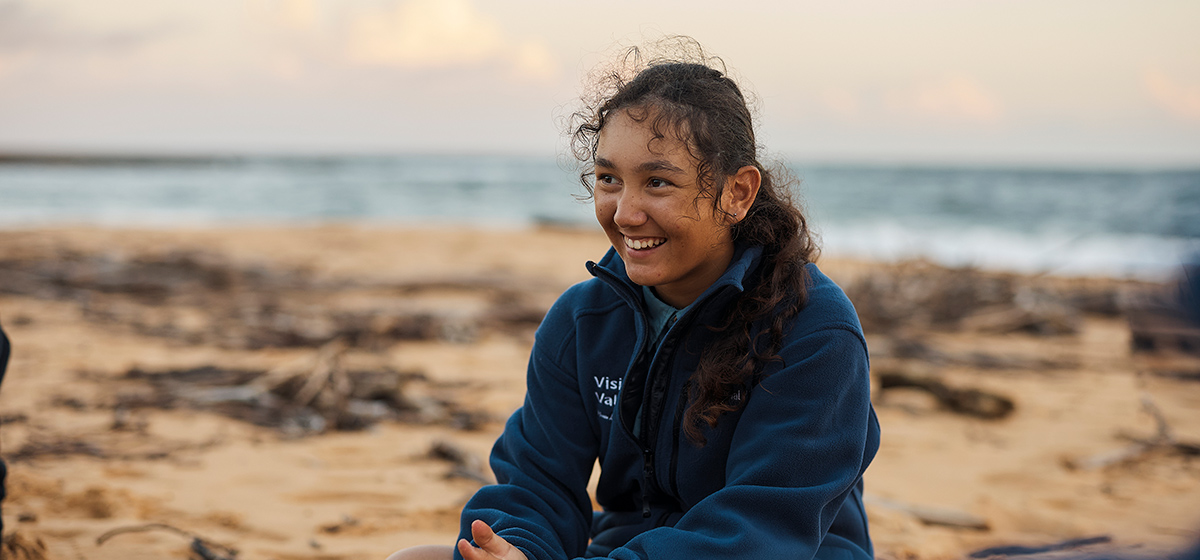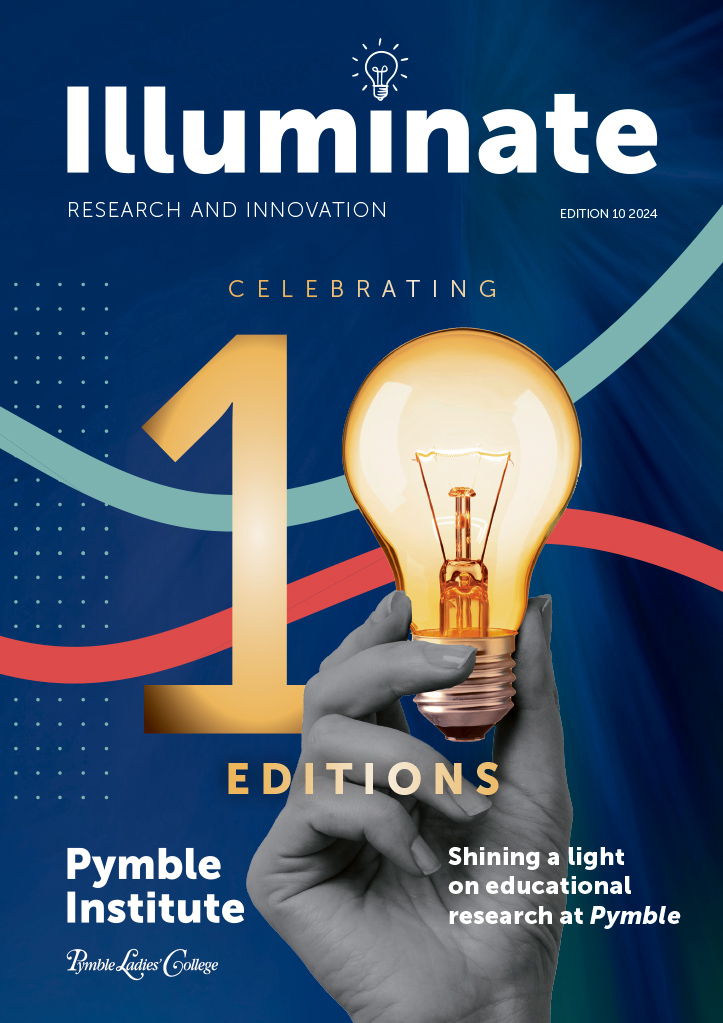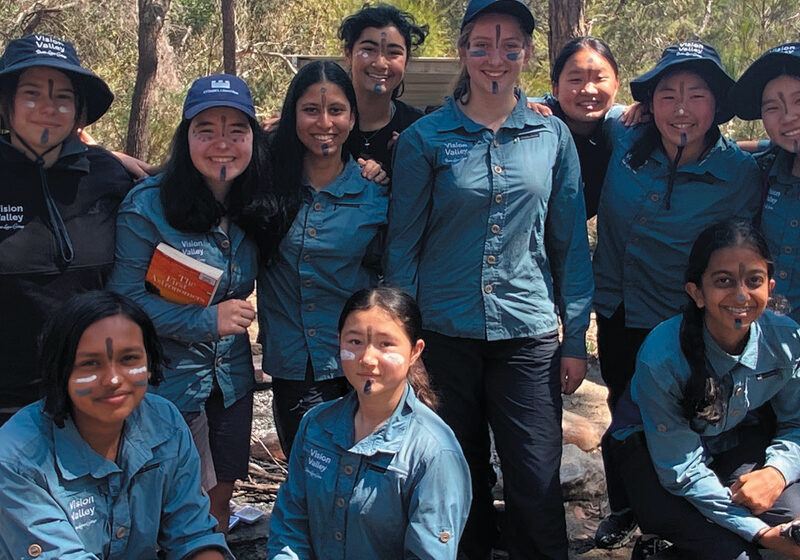Numinosity of nature: the spark to feel awe, free beauty and forge self
October 15, 2024 | Secondary School

numinous
(adj.) describing an experience that makes you fearful yet fascinated, awed yet attracted – the powerful, personal feeling of being overwhelmed and inspired.
Many readers may have, at first, suspected a misspelling in the title of this article. And while there is harmony with the terms numinous and luminous, the bright spark that makes an experience numinous may not be perceived by the human eye alone.
My own memories that are ignited when reading this definition come from a sense of the sublime and the feeling of something bigger than self (Casement and Tacey, 2006).
Gazing up at the night sky, watching the sun glide into the water over the equator, stepping gently through ancient ruins, crawling into the crater of a volcano, gliding fingers over unnatural grooves ground into rock, looking into the eyes of my children for the first time.
While the above definition will have provoked a different memory for each reader, we all share in the deep emotional response that is numinosity. In my recent travels to Japan to represent Pymble at the 10th International Outdoor Education Research Conference (IOERC10), numinous was a nominal term poised by Dr Judith Blaine (University of Hong Kong) to describe the connection to nature that is at the core of outdoor education.
Traditionally, this feeling would have been associated with spiritual or religious connotations (Nörenberg, 2017). There is an underlying epistemological assumption separating religious language and numinous experience, which extends beyond the parameters of our uniquely human experience (Schlamm, 1992). The concept of nature as a medium to the divine presents a mosaic of examples and experiences, which Spratt simplifies as “to find God in nature” (2012, p. 155).
Recent literature notices a distinct shift in the language used by emerging generations regarding how they express this sense of awe and connection (Wittberg, 2021). For Generation Z (1997 – 2010) and Generation Alpha (2010 – 2025), connection is often confused with connectivity (Jha, 2020), and the digital landscape around them more likely to be artificially luminous than numinous. Some individuals in these generations are unsure how to articulate anthropomorphic beliefs and bigger-than-self experiences (Wittberg, 2021), with emotions reversely personified as a technology itself that can be charged or drained. But is this a language disconnection or an experience disconnection? With my own children and the majority of our Pymble student community being part of what is termed Generation Alpha, there is a need to understand how this generational shift may reflect the communication of this feeling, one bit at a time.
Following Dr Blaine’s use of the word ‘numinosity’ in an outdoor education context, the intellectual dialogue amongst world-leading researchers cracked open a gap in current literature relating to the instruments used to measure a connection to nature. How do we measure that which cannot be seen, heard or experienced? This articulative confusion presents the recognised need to research the benefits of outdoor education, as an area that is not widely celebrated as traditional higher-order learning.
10th International Outdoor Education Conference (IOERC10)
My intention in this article is to introduce examples of emerging outdoor education research across the world, and identify where our Vision Valley Year 9 Residential Program and K-12 OEP Continuum fits in this big and beautiful natural world.
The International Outdoor Education Conference (IOERC) series began in 2001 to address a gap in the scholarly outdoor field, with a perceived need to see the outdoors develop as a significant discipline that engages with social, educational and cultural frameworks within critical dimensions. Remarkably, Pymble was the only school in the world to be represented at the 10th IOERC in Japan, placing us at the forefront of outdoor education research globally.
As I arrived in Japan on the first morning of the conference and entered the IOERC10 Welcome Event, the passion for outdoor education was apparent. From across the world, professors, innovators and pioneers in outdoor education research came together for the week to spark dialogue into the future of outdoor education in an increasingly built world. Researchers arrived wearing suits with hiking boots, or blouses and broad-brimmed hats, laptops and carefully preserved research posters stuffed inside hiking packs. Our real-life Indiana Jones hybrid of researcher and explorer.
At the conference, I presented with Professor Tonia Gray and PhD candidate Helen Cooper from Western Sydney University on the research conducted at the Year 9 Residential Program. Titled Assessing the Impact of the Vision Valley Outdoor Education Pilot Initiative at Pymble Ladies’ College (Cooper et al., 2023), the research collaboration with Western Sydney University focused on the 2022 pilot program, where students from two single-sex schools joined together for the pioneering co-educational four-week Year 9 Residential Program at Vision Valley. In this project, quantitative methodology used unique, rigorous instruments to research three factors; students’ sense of belonging using the Programme for International Student Assessment (PISA) scale (ACER, 2018); academic buoyancy using the Academic Buoyancy Scale (Martin and Marsh, 2008); and resilience using the Adolescent Girls’ Resilience Scale (AGRS) (Whittington and Aspelmeier, 2018). Immersive, qualitative methodology collected data at key points along the journey to learn from students, staff and parents over the four-week program. Findings from this research show increases across all three factors, with statistically significant increases in the AGRS subscale of Approach to Challenges (t(43) = -2.60, p. = 0.006).
Connection
The intentions of Pymble’s Residential Program are not for students to co-exist with static learning opportunities, but rather to become co-constructors of their learning and promote a deeper connection to self, others and the natural world. It was fitting that across the five-day conference and over a hundred and fifty presentations, the overarching theme of IOERC10 was connection. This included connection to nature through sustainability and beauty, connection to place by honouring First Nations voices and connection to the journey of our young people to find personal identity and belonging.
Grounded research in connection begins in the early years setting with children in the pre-school years. This is where connection with nature is defined as comfort in nature (Lumber, Richardson and Sheffield, 2017). Anecdotally, it is simple to notice young children who are more comfortable in nature. But can we map out the spectrum of comfort from those who gingerly ease themselves down to sit directly on grass, to others who use tiny bare hands to calmly grasp the leech crawling up their shoe? If we then look to relate connection with nature to numinous experience, comfort may lie a stone’s throw away or in the pot of gold at the end of the rainbow.
The need for connection to nature beyond the early years was highlighted by Mitchell and Sprague (Stramash Social Enterprise, UK) at IOERC10. Their presentation built on the WWF Natural Change Project (Key and Kerr, 2017) and the Nature Relatedness (NR) scale constructed by Nisbet, Zelenski and Murphy (2009) to assess the cognitive and experiential aspects of individuals’ connection to nature for social change. This concept of going beyond knowing nature to anthropomorphising nature for environmental action has been further explored by Lumber, Richardson and Sheffield (2017) for the creation of nine values of nature connectedness. Interestingly, the values align with a similar range of student personalities we often see at Vision Valley. Some students connect with nature by recognising its beauty (aesthetic), others want to know how, why and why not (scientific), or perhaps have a genuine fear of nature (negativistic). As educators, we must recognise which value each student prioritises to nurture their journey to forging self. In catalysing leadership, the ownership is transferred to our students who feel empowered and gain self-efficacy – the essence of what adolescents (and their parents) crave (Pritchard et al., 2020).
Another theme of connection probed by leaders in outdoor education research at IOERC10 was the enactment of place-responsive outdoor education for connection. Place-based research has evolved from being in places to connecting with places, and with it the need to adapt place-responsive pedagogical frameworks to guide educators. Leong, Ho, and Seng Tay (Ministry of Education, Singapore) presented on a Singaporean case study implementing new curriculum framework for the interdependence of adventure, resilience and connection. The framework focuses on nurturing an ecological, social and physical sense of place to increase engagement and determine attitude to experiences (Adams et al., 2017). In our uniquely Australian setting, First Nations stories, histories and culture set the foundation for place-based connection.
The Year 9 Vision Valley Residential Program is a now a core component of students’ education at Pymble. From our pioneering cohort in 2022, to the compulsory nature of the program in 2024, each shift, pivot or jump in the program has been driven by research.
As an evidence-informed school, the program continues to evolve, taking key findings and triangulated data from student, parent and staff experiences to allow the Vision Valley team to provide increasingly rich and rigorous learning opportunities.
Fascinatingly, the one word that stood out to me at the conference cannot not be found anywhere on the IOERC10 program summary, abstract book, nor likely in the scribbled notes of most audience members. Perhaps we don’t need to research or measure numinosity to remember the numinous? What numinous memories do each one of us hold? To capture this essence, we need to free the beautiful dance of human nature and natural nature. We need to cleave self to forge anew, and we need to be vulnerably open to feel a sense of awe in the revolving and evolving world.





